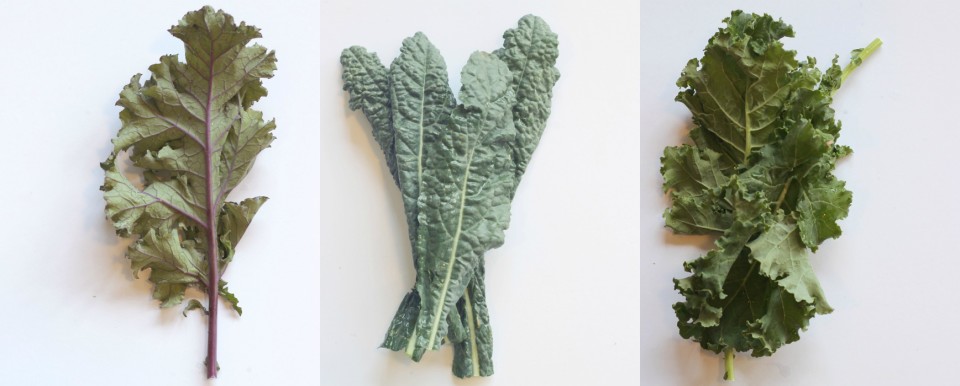
If you’re looking for healthy alternatives to sweetening your favorite recipes or have a health condition that limits your ability to eat traditional sugar, the Sweet Solutions Series is for you. As a resource for our customers, we will be providing information on a different sweetener solution each month. Each option we share with you will have its strengths and weaknesses highlighted. This month we're excited to feature honey as our alternative sweetner. We're not only excited because of its local availability and beautiful color, but also because of its versatility and delicious flavor. This month on the blog and in the store we'll provide you with several recipes for using honey, so be sure to check back often for those. Now, on to the specifics of this golden-hued, bee-made deliciousness:
What is Honey?
Honey is a complex substance that is made up of over 100 different compounds. Honey is a delicious viscous sweetener made naturally by bees for their own nourishment. Honey comes in a range of colors including white, amber, red, brown and almost black. Its flavor and texture vary with the type of flower nectar from which it was made.
How is Honey different from refined table sugar?
Both honey and table sugar contain glucose and fructose. In honey, these elements are separate. In sugar, they are combined to make sucrose.When we eat table sugar, our stomach has to use its own enzymes to separate the molecules apart before we can use the sugar's energy. Honey is quite different. The bees have added a special enzyme to the nectar that divides the sucrose into glucose and fructose -- two simple sugars for our bodies can absorb directly. One teaspoon of table sugar contains 16 calories, while one teaspoon of honey has 22 calories. Honey is both sweeter and denser than table sugar.
Pros
Some nutrition experts say raw honey, unlike table sugar, contains small amounts of vitamins and minerals and that honey can aid in digestion. The oligosaccharides in honey have been associated with the growth of healthy natural bacteria in the colon and the many antioxidants found in honey have also been linked to better health.Pure sucrose, or table sugar, is highly processed, while honey has only one processing step or can be consumed raw.A scientific study found that, in children, honey was effective in reducing frequency of cough, reducing bothersome cough and improving the sleep quality of the child.
Cons
Processed honey is heated up to pasteurize it which destroys all the nutrients in it, making it empty calories just like table sugar. To avoid this, one should buy raw honey which has all the nutrition intact. Honey has a glycemic index of 58 and is not a recommended sweetener alternative for diabetics. Many advise against giving infants under the age of 12 months any honey due to a risk of ingesting a bacterium called Clostridium botulinum. Babies have not yet built up the internal bacteria to protect them from this bacterium.






